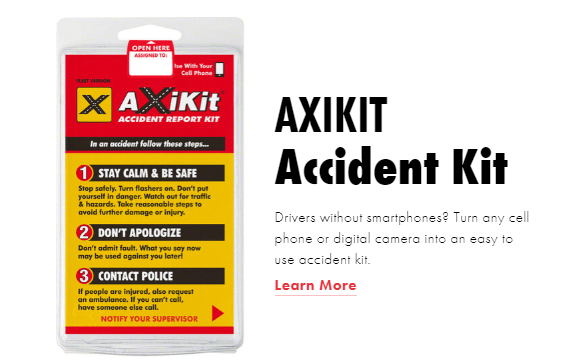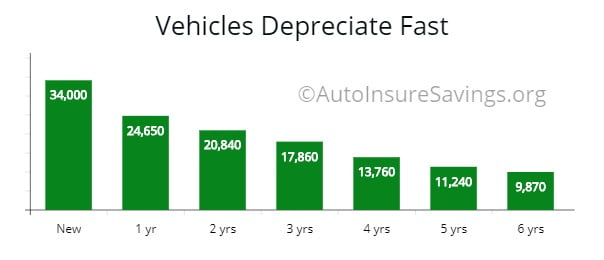 Post
PostHow To File an Auto Insurance Claim After an Accident
If you were in a car accident, knowing how to file an auto insurance claim after an accident is important. Understanding the filing process at the best auto insurance companies and taking the necessary steps can help ensure a smooth and successful claim. This article will guide you through the various aspects of filing an...
If you were in a car accident, knowing how to file an auto i...

